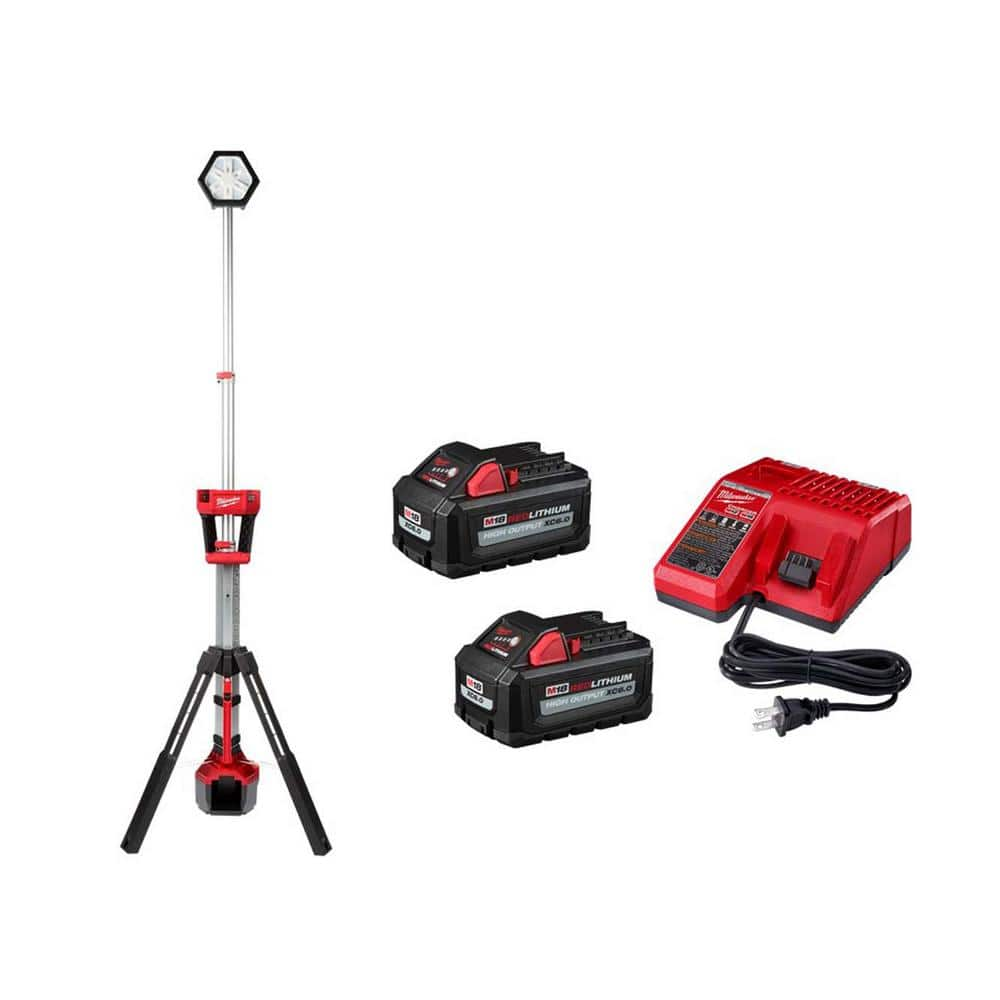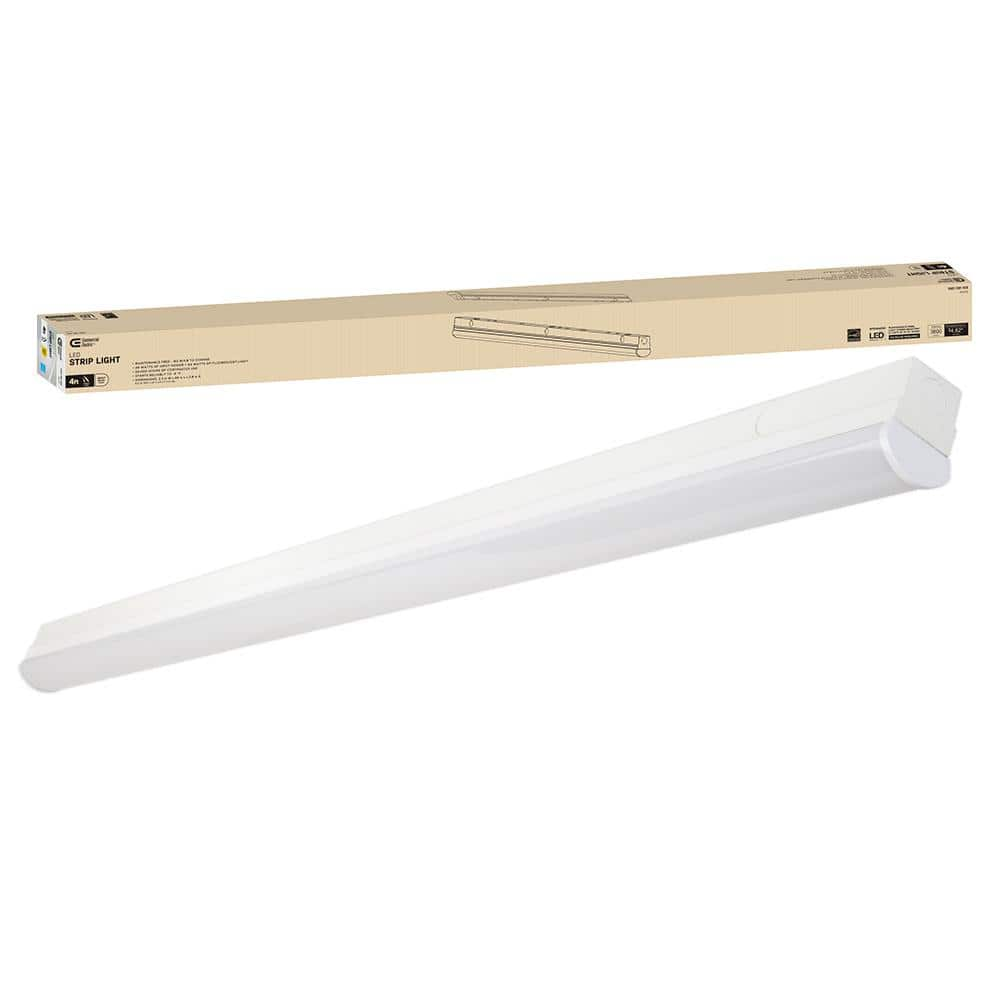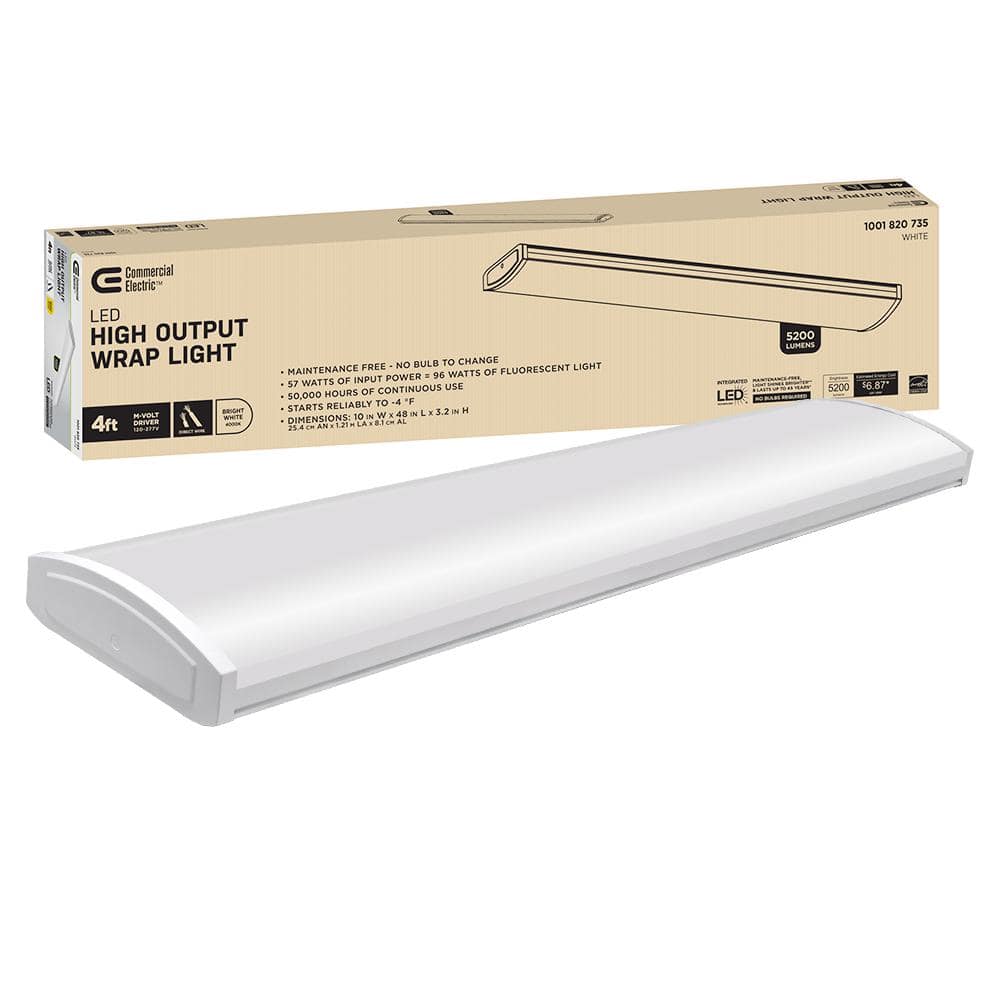Milwaukee M18 18-Volt Lithium-Ion Cordless Rocket Dual Power Tower Light with Two 6.0 Ah Battery and Charger
2,500 Lumens of TRUEVIEW High Definition Output in High Mode. Sets up in just 5 seconds and can be extended from 4 to 7 feet. ROCKET Tower Lights deploy in seconds & adapt to any job site.
The Milwaukee M18 ROCKET Dual Power Tower Light provides 25% More Light and All Day Operation on the job site with 2500 lumens of TRUEVIEW High Definition Output. The LED light tower has Dual Power capability and can be powered by M18 batteries or by an extension cord. The tower light head can extend from 4 to 7 feet to light overhead work or minimize shadows when casting light downward. The LED light tower is capable of filling large areas with light and provides 2,500 lumens of TRUEVIEW High Definition Output in high mode, 1,100 in medium, and 700 in low. It can run for up to 13 hours with our M18 REDLITHIUM XC 5.0 Battery Pack. Milwaukee TRUEVIEW High Definition Output provides a neutral white color and a high color rendering index with a reflector that produces an even beam pattern. The portable light tower has reinforced legs that are impact-resistant, and a low center of gravity provides a stable base. The LED light head is protected by an impact-resistant lens and bezel, nested in a protective shroud for secure transport and storage. The LEDs never need to be replaced and are backed by a limited lifetime warranty. The combination of these technologies offers professionals the highest quality LED lighting solutions, on or off the job site. This kit comes complete with the Milwaukee M18 REDLITHIUM HIGH OUTPUT XC6.0 Battery 2-Pack System Starter Kit, which includes two batteries and an M18/M12 Battery Charger.
- 2,500 Lumens of TRUEVIEW High Definition Output
- TRUEVIEW High Definition Output provides neutral white color and produces an even beam pattern for clearer visibility
- 5-second setup, 7 ft. extension
- Powered by M18 REDLITHIUM Batteries or Extension Cord
- Adjustable Head: Rotates 230 degree Vertically, Pivots 240 degree horizontally
- Low Battery Indicator
- Up to 12 hours of run-time with M18 REDLITHIUM XC 5.0 Battery Pack
- Impact Resistant Reinforced Legs
- Impact Resitant, Adjustable Light Head
- Protective Light Head Guard when Stored or in Tranportation
- LED Limited Lifetime Warranty: LEDs never need to be replaced
- Part of the M18 System, featuring 200+ products
- Includes: 2131-20 M18 ROCKET Dual Power Tower Light
- Includes: 2 M18 HIGH OUTPUT XC 6.0Ah batteries (48-11-1865) and 1 M18/M12 charger (48-59-1812)
Additional information
| Product Height (in) | 6 |
|---|---|
| Product Length (in) | 3 |
| Product Width (in) | 3 |
| Certifications and Listings | UL Listed |
| Manufacturer Warranty | 5 Year Tool Warranty / Limited Lifetime LED Warranty |






by Johnny
The light is bright and even on the brightest setting the battery lasts for hours
by Tristren
This thing is great for painting and construction, real bright, long lasting.
by Nick
This thing is great for painting and construction, real bright, long lasting.
by Brotha
Killer deal! 2 – 6.0 batteries and the $220 torch light for around $300…cant beat that for top of the line Milwaukee products. Always look for specials online when buying power tools, it’s worth the wait to save some $$.